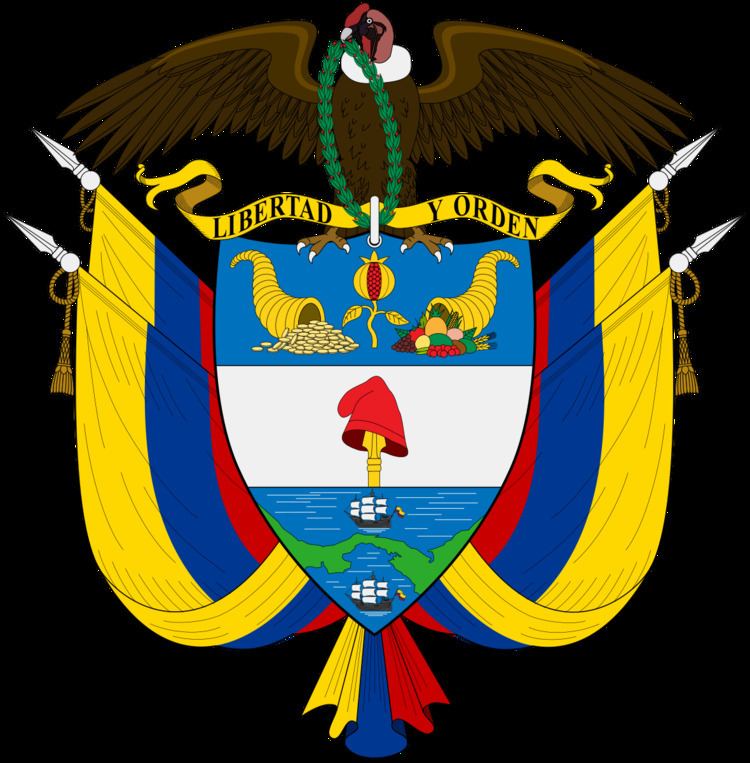 | ||
The Government of Colombia is a republic with separation of powers into executive, judicial and legislative branches. Its legislature has a congress, its judiciary has a supreme court, and its executive branch has a president.
Contents
Map of Colombia
The citizens of Colombia cast votes concerning their government, and they employ a public sector office for an inspector general to oversee the public interface of the government. This safeguards the public, and guarantee the human rights spelled out in the Constitution of 1991, which provides the framework for a welfare state and a unitary republic.
Colombia has "control institutions" that mixes government and public officials, who work alongside one another. For example, the public's inspector general works closely with the government's controller general whose job it is to ensure governmental fiscal responsibility. An independent Ombudsman deals with maladministration complaints and functions as the national human rights institution.
Executive
The executive branch of power in Colombia is headed by the President of the Republic. He is supported by the Vice President of Colombia, the Council of Ministers and Administrative Departments of Colombia. The government is in charge of creating and developing policies concerning Colombia while the governors of the Departments of Colombia are elected by popular vote to represent the president and the executive branch of government at provincial level.
Mayors are subordinated to the governors who are maximum representatives of the executive branch of government at a municipal level. Mayors are also elected in regional elections along with the department governors.
